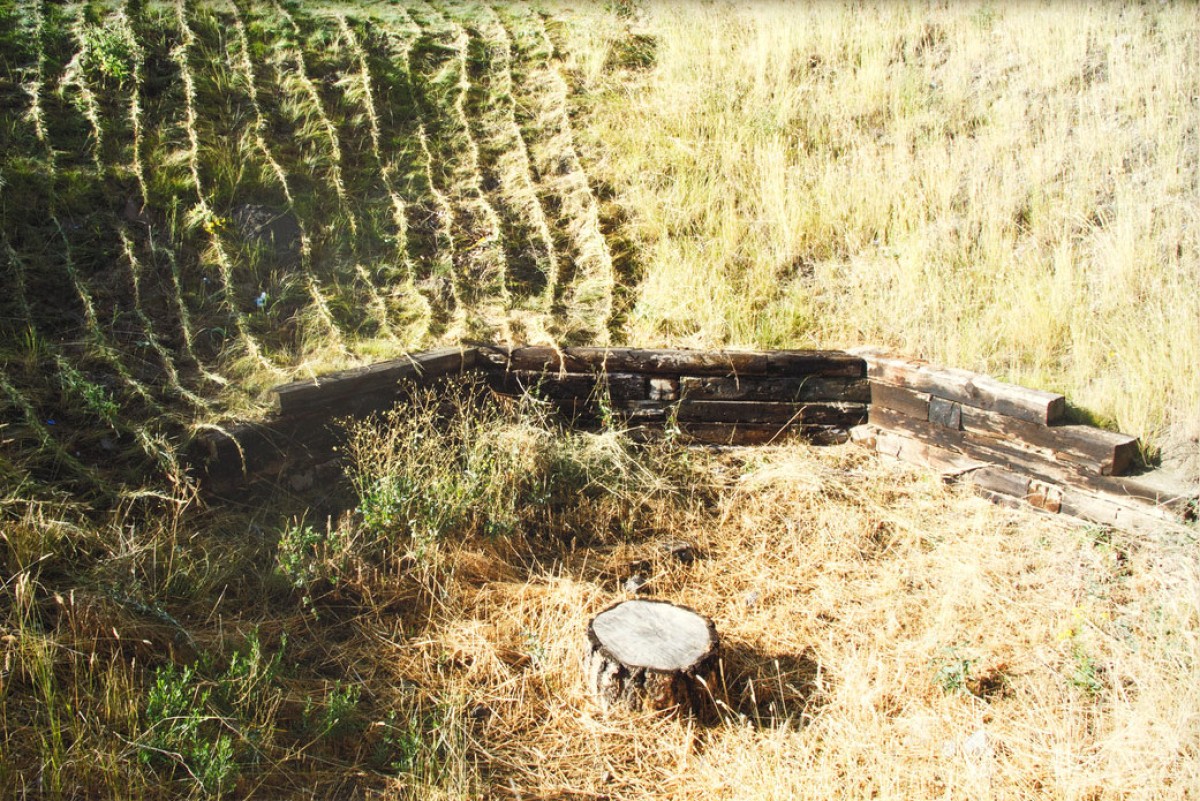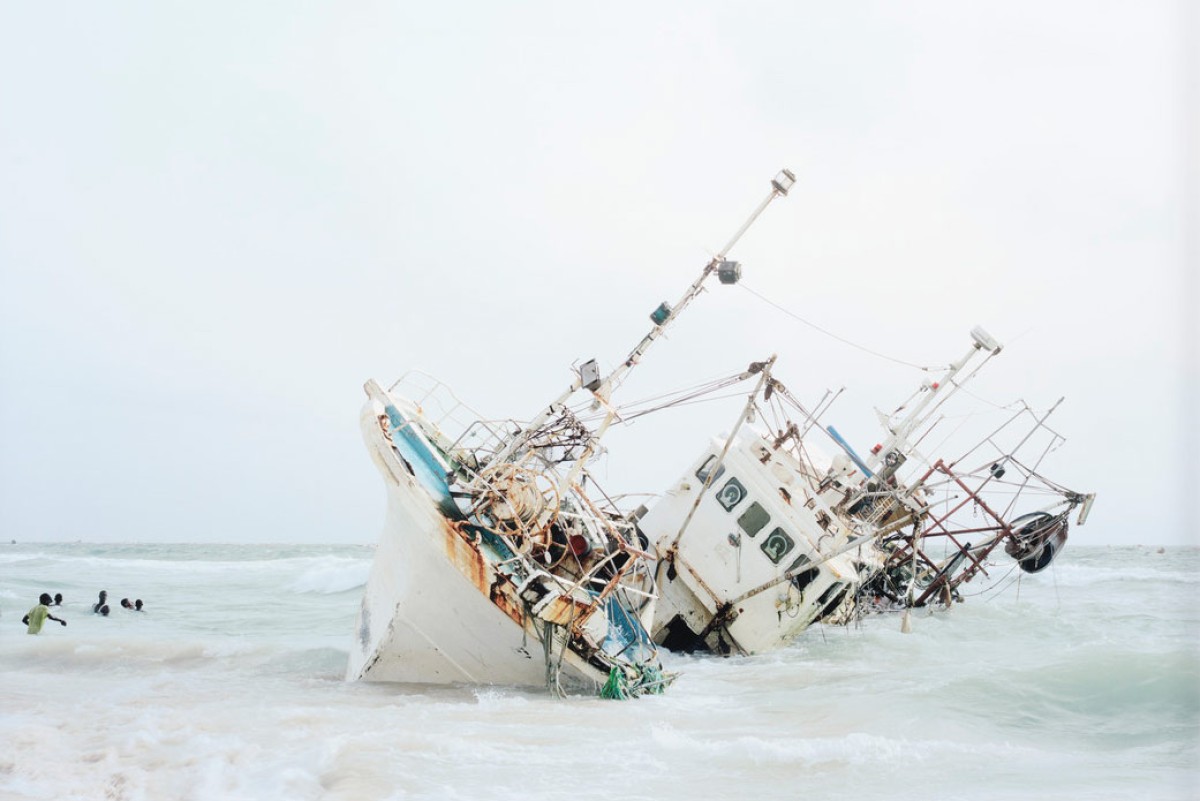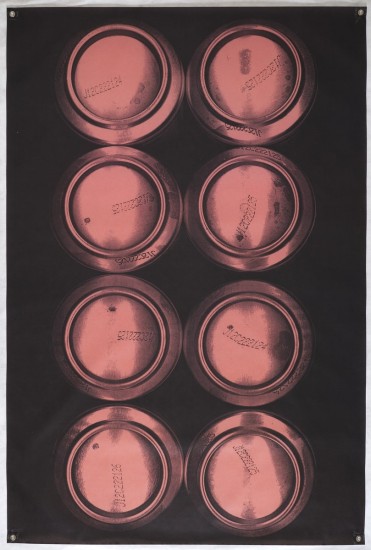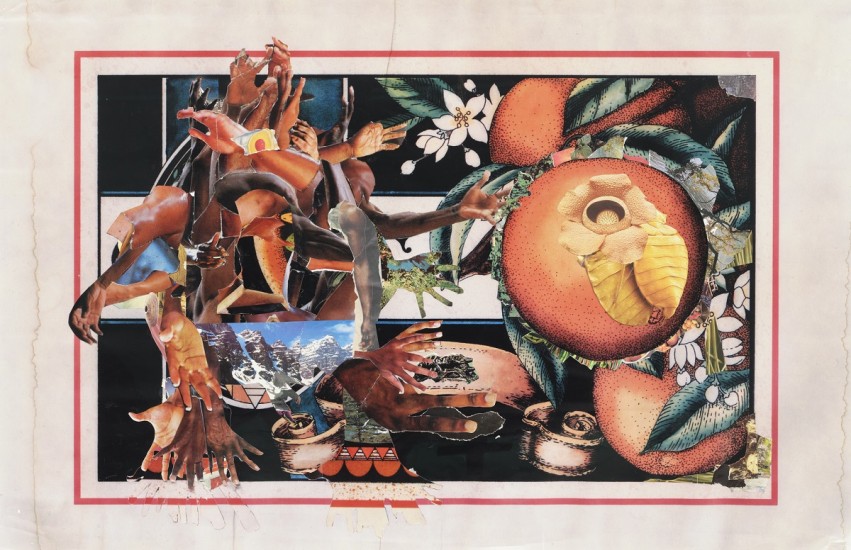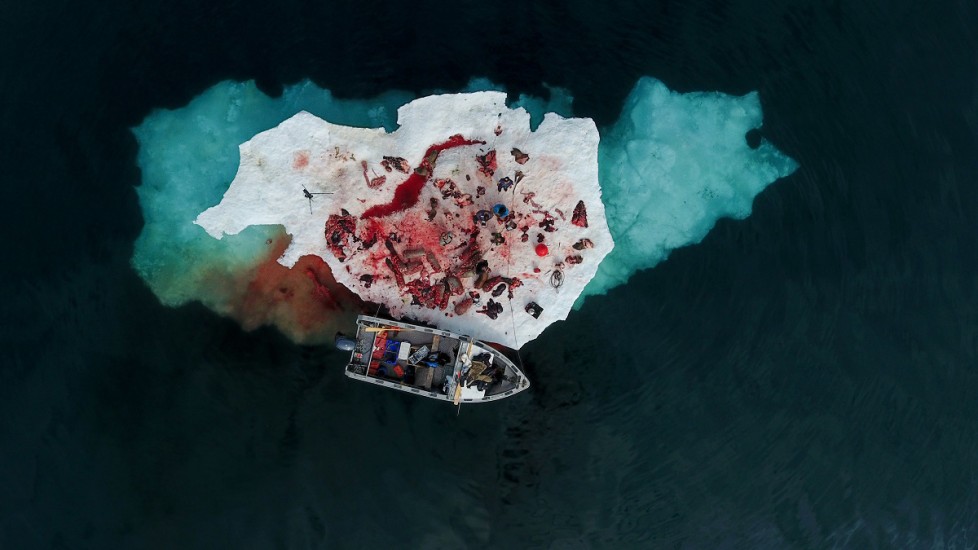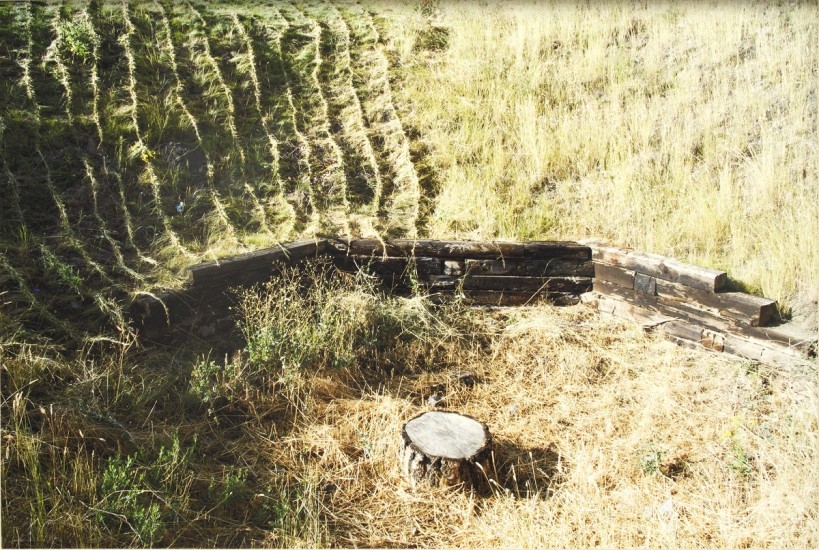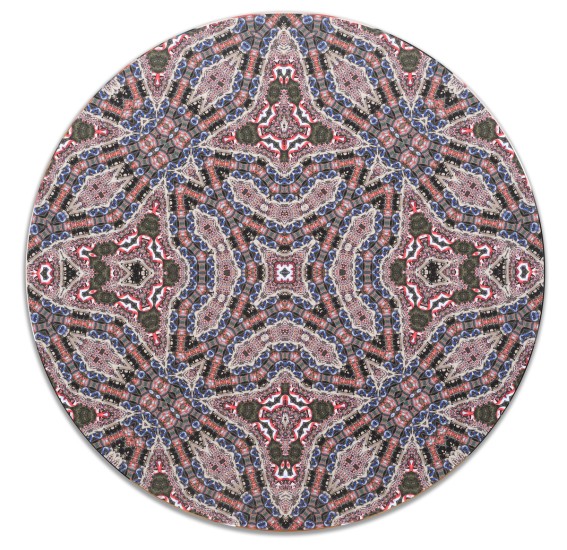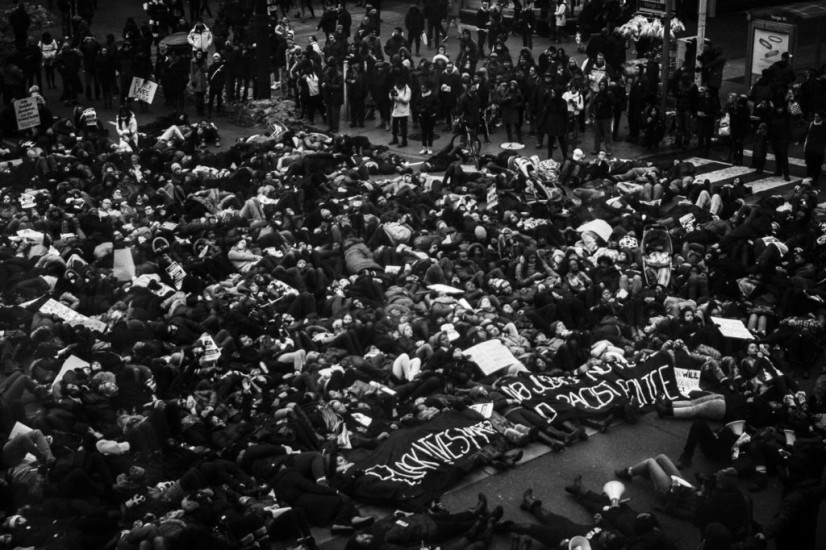ABOUT THE ARTISTS
asinnajaq
asinnajaq is an Inuk multidisciplinary artist, filmmaker, writer and curator from Inukjuak, Nunavik. Currently based in Tiohtià:ke (Montreal), she studied filmmaking at NSCAD University in Halifax, Nova Scotia. As the daughter of celebrated filmmaker Jobie Weetaluktuk and Professor Carol Rowan, she grew up immersed in storytelling. Throughout her multidisciplinary practice, asinnajaq weaves together narratives of land, water and Inuit histories. She advocates for the environment, engaging with local communities and disseminating Inuit culture through art.
Raymond Boisjoly
Raymond Boisjoly is an Indigenous artist of Haida and Québécois descent who lives and works in Vancouver. He earned his BFA from Emily Carr Institute of Art and Design and his MFA from the University of British Columbia. With photography at the core of his practice, Boisjoly misuses various imaging technologies, like scanners, photocopiers and inkjet printers, to transform and reinterpret archival film footage, pop culture content and everyday objects. Through his artistic interventions, Boisjoly interrogates the way popular media situates Indigenous art and artists within a colonial context. By reworking the "readymade" object, Boisjoly offers a new a new lens through which the viewer can investigate these everyday items.
Aaron Jones
Canadian artist Aaron Jones combines experimental photography and sourced images to create collages that are reflective of his own life and upbringing. Often collected from his childhood home or from friends, the images originate in magazines from National Geographic and Sports Illustrated to Black-owned publications such as Essence, as well as encyclopedias and educational texts. Jones actively looks for Black individuals in the media he mines, finding new and distinct ways to build characters and spaces that reflect his environment.
Lotus Laurie Kang
Toronto-based interdisciplinary artist Lotus Laurie Kang holds a BFA in photography from Concordia University and an MFA from Milton Avery School of the Arts at Bard College in New York. She creates installations that concern the body and the forces that shape it. Drawing on biology, feminist theory and even science-fiction, Kang's work reveals the body as a process, always in a state of becoming, forevermore in relation to other bodies and environments around us. She draws on her Korean heritage, often altering, elevating and preserving materials that shaped her upbringing in thought-provoking ways.
Robert Kautuk
Robert Kautuk is a photographer based in Kangiqtugaapik (Clyde River), Nunavut. He uses a digital SLR camera and drones to capture spectacular views of the Canadian Arctic and his community. With this technology, Kautuk captures rarely seen moments, activities and landscapes. His work foregrounds Inuit self-determination, and documents, preserves and celebrates traditional knowledge. He has worked as a photographer and researcher for organizations and projects such as the Ittaq Heritage and Research Centre, and is a driving force behind the Clyde River Knowledge Atlas—a digital platform that documents and records traditional knowledge while also encouraging Inuit community-led research.
Gabrielle L’Hirondelle Hill
Gabrielle L’Hirondelle Hill is a Métis artist and writer living on unceded Musqueam, Skwxwú7mesh, and Tsleil-Waututh territory. Her practice explores the history of found materials to enquire into concepts of land, property and economy. Often, her projects emerge from an interest in capitalism as an imposed, impermanent and vulnerable system, as well as in alternative economic modes. Her works have used found and readily sourced materials to address concepts such as private property, exchange and black-market economies. Hill is a member of BUSH gallery, an Indigenous artist collective seeking to decentre Eurocentric models of making and thinking about art, prioritizing instead land-based teachings and Indigenous knowledges.
Sanaz Mazinani
Sanaz Mazinani is an Iranian-born multidisciplinary artist, curator and educator based in Toronto. She holds an MFA from Stanford University and a BFA from the Ontario College of Art & Design. Working in photography, sculpture and large multimedia installations, she reflects upon digital culture in her art and asks how image circulation affects ideas of representation and perception. By exploring pattern, repetition and Islamic ornamentation, she aims to politicize image distribution. Mazinani's unique visual language invites viewers to critically reflect and rethink how we see.
Jalani Morgan
Jalani Morgan is a first-generation Canadian cultural anthropologist and photographer based in Toronto, whose body of work ranges from reportage to formal studio portraits. Primarily self-taught, Morgan’s photographic curiosity, craft and technical skills culminate in a multifaceted practice that chronicles visual representations of Black life and communities—both in a Canadian context as well as across the greater contemporary African diaspora. Morgan is the photo editor for West End Phoenix, an independent, non-profit community newspaper known for its diverse storytelling. He has established a 15-year career producing editorial works for various newspapers and magazines
Louie Palu
Canadian documentary filmmaker and photographer Louie Palu examines socio-political issues, such as war, in his work. For over 30 years, he has explored human rights conflicts, poverty and strife, both nationally and globally. Born in Canada to Italian immigrant parents who witnessed the violence of the Second World War, Palu grew up hearing their stories of trauma and poverty, later shaping his voice as a documentary photographer. Throughout his career, Palu has created 12 series that examine the humanity within conflict, affording his subjects agency while challenging stereotypes associated with conflict photography. His work also draws on the tension between the photograph as a document and as an art object.
Dawit L. Petros
Eritrean-born artist Dawit L. Petros lives and works in Chicago and Montreal. He spent his formative years in Ethiopia and Kenya before settling in Saskatchewan with his family in the 1980s. These experiences of migration helped shape his artistic practice. Through his work, Petros investigates the entanglements of colonialism and modernism that bind Africa and Europe, from both a historical and contemporary point of view. While his core medium is photography, he works across a range of other media, including sculpture, video, sound and installation. His photographs raise questions about displacement, identity and the transnational experience of cultural negotiation.
